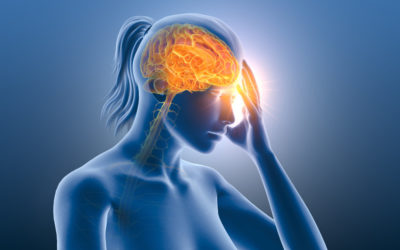What is gabapentin?
Gabapentin can be used to treat several conditions. It is the sixth most prescribed medication in the United States and is often prescribed for use off-label.
Gabapentin belongs to the anticonvulsant class of drugs. Most commonly it is used for nerve pain (neuropathy) and postherpetic neuralgia (PHN). Gabapentin improves nerve pain and PHN discomfort by changing how the body perceives pain. In conjunction with other drugs, gabapentin also can be used to help persons with epilepsy control some types of seizures. Gabapentin treats seizures by reducing irregular brain excitability. Restless legs syndrome also can be treated with gabapentin extended-release tablets (Horizant®). The specific mechanism of action of gabapentin in the treatment of restless legs syndrome is unknown.
Sometimes providers prescribe gabapentin off-label for things like back pain, and the effectiveness of gabapentin for off-label uses is questionable. However, gabapentin is still prescribed frequently for these indications and often in an attempt to minimize the use of opioid pain medications.
Read more about nerve pain medications here.
Some studies show that there is potential for misuse, abuse, and addiction to gabapentin. However, it is thought to be less likely that people misuse gabapentin in a recreational way, but rather that people use gabapentin incorrectly because their pain is not well managed in the first place.
What is a controlled substance?
Medications with potential for abuse, misuse, or addiction may be classified as a controlled substance. Controlled substances are regulated more stringently and monitored using states specific monitoring databases called ‘prescription drug monitoring programs’, or PMPs. In seven states, gabapentin is classified as a schedule V controlled substance (including AL, KY, MI, ND, TN, VA, and WV). Twelve states have not classified gabapentin as a controlled substance, but require gabapentin dispensing must be reported to their PMP (including CT, DC, IN, KS, MA, MN, NE, NJ, OH, OR, UT, and WY). The number of states placing gabapentin on the controlled substance list or in their required monitoring program is growing and three more states are debating whether to add gabapentin as a controlled substance or to their mandated reporting programs (DE, NY, and WI).
As with any medication, there are risks and side effects associated with taking gabapentin. When used correctly for certain indications, gabapentin has proven to be very effective. However, gabapentin still tends to be over-prescribed for health problems where it may not be truly effective. If gabapentin is, or becomes, a controlled substance in your state, it does not necessarily mean it will be more difficult to obtain. Rather, it is a safety measure to assure we are using medications appropriately. Talk with your doctor or pharmacist if you have questions or aren’t sure if gabapentin is working for you.
Save up to 80% on the cost of your prescriptions at your local pharmacy with EasyDrugCard.com. Download your free drug card and begin saving today.
Resources:
1) Pharmacytoday.org 2) “Gabapentin (Oral Route)” Mayo Clinic, 2 August 2021, https://www.mayoclinic.org/drugs-supplements/gabapentin-oral-route/description/drg-20064011












